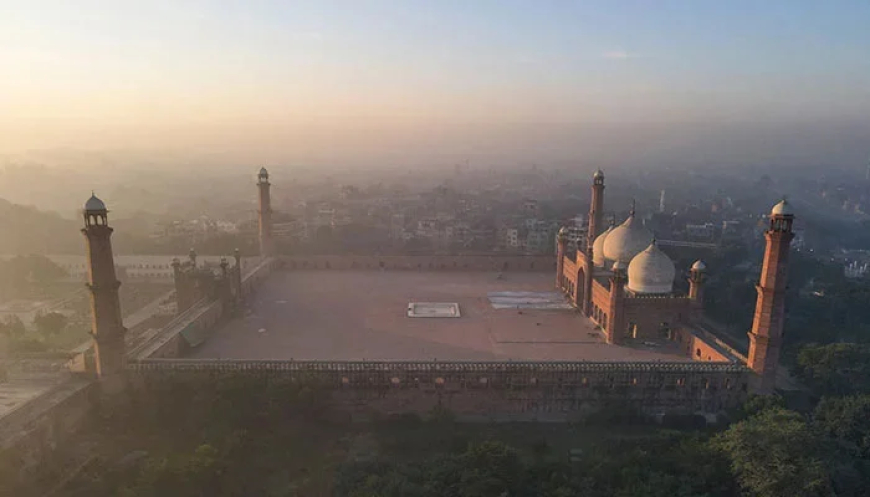Lahore Again Tops Global Pollution Rankings, Faisalabad AQI Hits Extremely Hazardous Level
Lahore once again tops global pollution rankings as AQI crosses 360, while Faisalabad records 539, marking extremely hazardous air levels across Punjab.

The provincial capital of Punjab, Lahore, has once again topped the global pollution rankings as air quality levels in the city plummeted to dangerous lows this week. The Air Quality Index (AQI) in several parts of Lahore reached above 360, placing it in the “extremely hazardous” category, while Faisalabad recorded an alarming AQI of 539, sparking widespread health concerns and official warnings.
Residents across the province woke up to dense layers of smog that blanketed the skyline, reducing visibility and making it difficult to breathe. Environmental experts have called it one of the worst air quality spells of the year so far, warning that such extreme pollution can cause severe respiratory and cardiovascular problems among the population.
Authorities attribute the worsening smog to a combination of factors including vehicle emissions, industrial pollution, and post-harvest crop burning in nearby agricultural districts. The stagnant weather conditions have further trapped pollutants close to the surface, allowing toxic particles to accumulate over major urban centers.
The situation in Faisalabad is particularly worrying. The industrial city’s AQI crossed 500, a level considered “beyond hazardous” and rarely recorded globally. Air monitoring systems showed that the concentration of PM2.5 particles the most dangerous form of air pollutants had surged far beyond safe limits set by the World Health Organization (WHO). Experts have termed this spike a “public health emergency.”
Hospitals in both cities have reported a rise in cases of asthma attacks, eye irritation, sore throats, and breathing difficulties over the past 48 hours. Doctors are advising citizens, especially children, the elderly, and those with chronic respiratory conditions, to stay indoors and wear protective N95 masks when stepping outside.
In response, the Punjab government has issued an alert and advised schools to revise operational hours to limit children’s exposure to polluted air. Several educational institutions in Lahore and surrounding areas are also considering hybrid classes if smog conditions persist.
Urban planners and environmentalists continue to urge the government to implement stricter regulations on industrial emissions and enforce penalties for illegal crop burning. They stress that without a long-term, coordinated strategy, smog will continue to plague the region every winter season.
Lahore’s current AQI readings have once again placed it among the world’s top most polluted cities surpassing well-known pollution hotspots across South Asia. The thick grey haze not only affects public health but also disrupts transportation, causing flight delays and traffic congestion due to reduced visibility.
Environmental advocacy groups are calling for immediate policy action, emphasizing sustainable urban transport, green zones, and awareness campaigns to help reduce emissions. The recurring smog crisis, they warn, is a signal of deeper environmental negligence that demands collective responsibility from both authorities and citizens.
For now, residents of Lahore and Faisalabad are left battling the choking air, hoping for rainfall or stronger winds to offer temporary relief from one of Pakistan’s worst smog episodes of the year.
For more updates , visit Nation bytes

 Israr Ahmed
Israr Ahmed